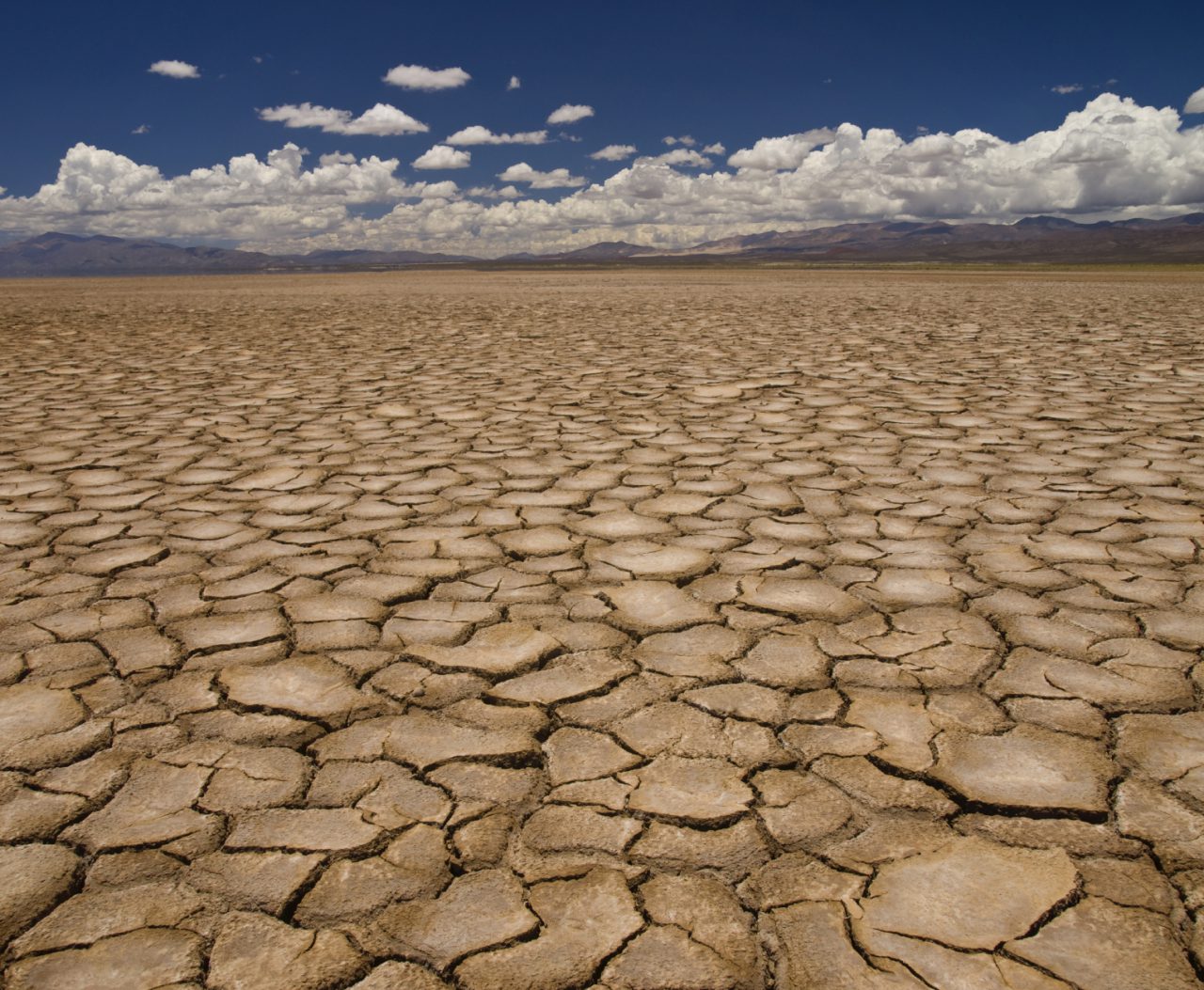It is not just about this summer’s heat in California, or even the extended drought. Nor is its validity mitigated by snowstorms in Chicago, or Minnesota’s frigid winter. It is about the slowly rising world temperatures, the flooding of inhabited islands in the Pacific, the rapid melting of the ice caps and the threat to every coastal city, beach or harbor in the world.
Science and the world’s scientific community seem to be clear, speaking with an almost unanimous voice. Climate change threatens planetary viability, and is exacerbated by the CO2 we regularly dump into the atmosphere, now in excess of 40 billion tons a year! This human — or should we say inhuman — activity further complicates the earth’s natural temperature fluctuations. You would think that such a strong warning would focuses our attention vividly enough that we do whatever needs to be done to forestall the approaching calamity. Consider the following statement by U.N.’s Intergovernmental Panel on Climate Change.
Runaway growth on the emission of greenhouse gases is swamping all political efforts to deal with the problem, raising the risk of severe, pervasive and irreversible impacts over the coming decades. Global warming is already cutting grain production by several percentage points, and threatens to grow much worse. The world may already be nearing the temperature at which the loss of the vast ice sheet covering Greenland would become inevitable — raising the world’s oceans by 23 feet, flooding the world’s major cities.
Positive things are happening for sure. President Obama listed them in his address at the UN. There are those who are paying attention. Two weeks ago three hundred thousand demonstrators gathered in New York. This event marked the beginning of the UN’s General Assembly session, which, in terms of rhetoric, if not action, is taking the crisis seriously. Ban Ki Moon, the Secretary General, called climate change “The defining issue of our age.”
In addition there are bills before both Congress and a few State legislatures regarding a carbon tax or some form of cap and trade. But they are going nowhere. Hundreds of Colleges and other institutions, including the Rockefeller Foundation, are divesting their portfolios of carbon-based stocks. This is a powerful symbolic effort to raise the issue to financial visibility. There are even talks between the world’s two heaviest polluters, China and the US, but so far the only conclusion is that we must do something some day.
So why does so little happen? The answer, or at least part of it, lies in the prevailing preoccupation of the major economic interests. As in so in many other areas of our lives, money rules. Not only are quarterly profits of supreme importance to our corporate leaders and the politicians they have managed to buy — or at least rent — most of the rest of us are more than just hesitant to take any position or commit ourselves to any action that will damage our personal economic health.
My guess is that little will happen until the results of the world’s climate change begin to seriously impinge on the economic viability of those who make the big decisions. If ISIS only understands violence, America’s power brokers only understand money! Let the tides do to Miami or even New York what they have already done to a few Pacific islands, and something will be done beyond a carbon tax, or some modest call for conservation. But it will take a lot tighter shoe than what the powerful are presently wearing to focus attention. Let’s hope when that day comes it is not already too late.









